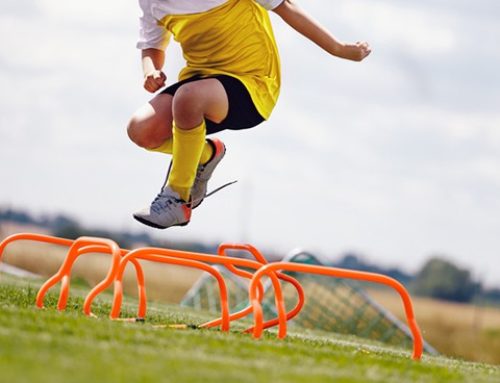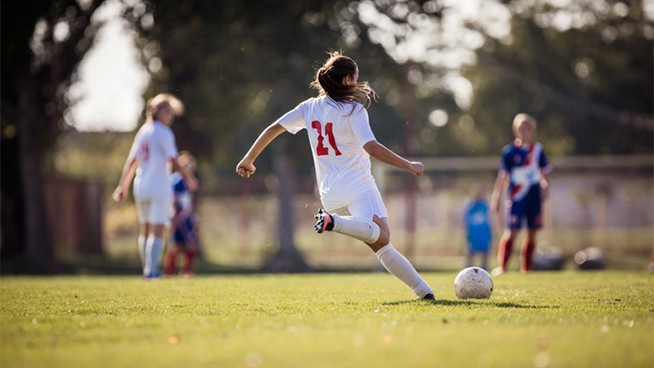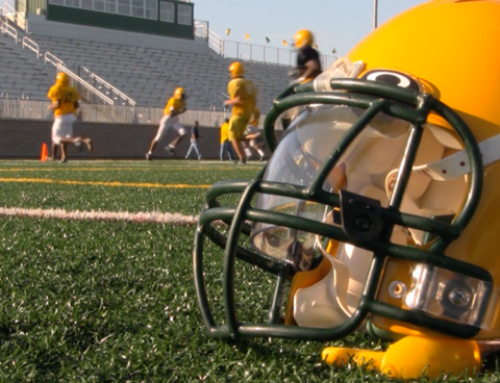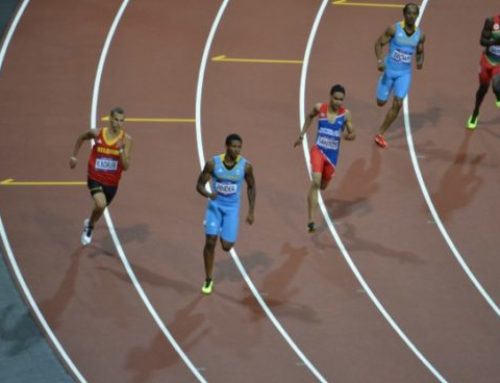3 Tips to Help You Get Faster for Your Sport
Jamaican sprinter Usain Bolt, along with pretty much every U.S. woman sprinter who set foot on the Olympic track this summer, gave us feats of amazing seed. And we’ve all seen top athletes in other sports—like Pittsburgh Steelers WR Mike Wallace and Washington Wizards PG John Wall—blow by opponents with ease.
Speed can mean the difference between winning and losing, making the play or being a half step late, earning a roster spot or getting cut from the team.
So how do you run faster? By following these tips:
Run
Simple enough, right? If you really want to get faster, you need to sprint. Sprinting is an excellent way to develop lower-body strength, power and balance while burning fat and improving endurance. If you aren’t working sprints into your training, you’re limiting your results. Sprints are not only great for improving speed, they also promote improvement in your vertical jump, thanks to your increased lower-body strength and power.
Recommendation: To improve force production and acceleration, perform 50-yard sprints. Actually, anywhere within a range of 50 to 100 yards will help you develop “top speed.” Avoid anything over 100 yards, however. Longer sprints are mostly for endurance. Remember, in most team sports, you rarely reach top speed or run further than 25 yards. Train to meet the demands of your sport.
Lift Weights
Train your legs, early and often. Developing your posterior chain will improve force production. This is often a limiting factor in speed development. Proper technique can help, but it is noticeable more in running sports than in team sports. Acceleration is key as well. Improve your acceleration by giving your legs more muscle and power to drive into the ground and propel you forward.
Recommendation: Squats, Deadlifts, Lunges and Step-Ups are extremely effective for building lower body strength. Explosive lifts, like the Power Clean or Snatch, develop lower body power. Squat and Deadlift variations, done with lighter weight, can be great speed-training tools. Safety and proper form are top priorities, but once they are mastered, move the weight fast.
Train for Agility
Sport speed is different from track speed. Track events are along a set path. They are also much longer than any single distance covered in a sport. Athletes in sports like soccer and basketball need to be able to sprint, stop on a dime, change direction and play at different speeds. Again, the key is to train for your sport, but recognize the importance of changing speeds and acceleration.
RECOMMENDED FOR YOU
MOST POPULAR
3 Tips to Help You Get Faster for Your Sport
Jamaican sprinter Usain Bolt, along with pretty much every U.S. woman sprinter who set foot on the Olympic track this summer, gave us feats of amazing seed. And we’ve all seen top athletes in other sports—like Pittsburgh Steelers WR Mike Wallace and Washington Wizards PG John Wall—blow by opponents with ease.
Speed can mean the difference between winning and losing, making the play or being a half step late, earning a roster spot or getting cut from the team.
So how do you run faster? By following these tips:
Run
Simple enough, right? If you really want to get faster, you need to sprint. Sprinting is an excellent way to develop lower-body strength, power and balance while burning fat and improving endurance. If you aren’t working sprints into your training, you’re limiting your results. Sprints are not only great for improving speed, they also promote improvement in your vertical jump, thanks to your increased lower-body strength and power.
Recommendation: To improve force production and acceleration, perform 50-yard sprints. Actually, anywhere within a range of 50 to 100 yards will help you develop “top speed.” Avoid anything over 100 yards, however. Longer sprints are mostly for endurance. Remember, in most team sports, you rarely reach top speed or run further than 25 yards. Train to meet the demands of your sport.
Lift Weights
Train your legs, early and often. Developing your posterior chain will improve force production. This is often a limiting factor in speed development. Proper technique can help, but it is noticeable more in running sports than in team sports. Acceleration is key as well. Improve your acceleration by giving your legs more muscle and power to drive into the ground and propel you forward.
Recommendation: Squats, Deadlifts, Lunges and Step-Ups are extremely effective for building lower body strength. Explosive lifts, like the Power Clean or Snatch, develop lower body power. Squat and Deadlift variations, done with lighter weight, can be great speed-training tools. Safety and proper form are top priorities, but once they are mastered, move the weight fast.
Train for Agility
Sport speed is different from track speed. Track events are along a set path. They are also much longer than any single distance covered in a sport. Athletes in sports like soccer and basketball need to be able to sprint, stop on a dime, change direction and play at different speeds. Again, the key is to train for your sport, but recognize the importance of changing speeds and acceleration.












